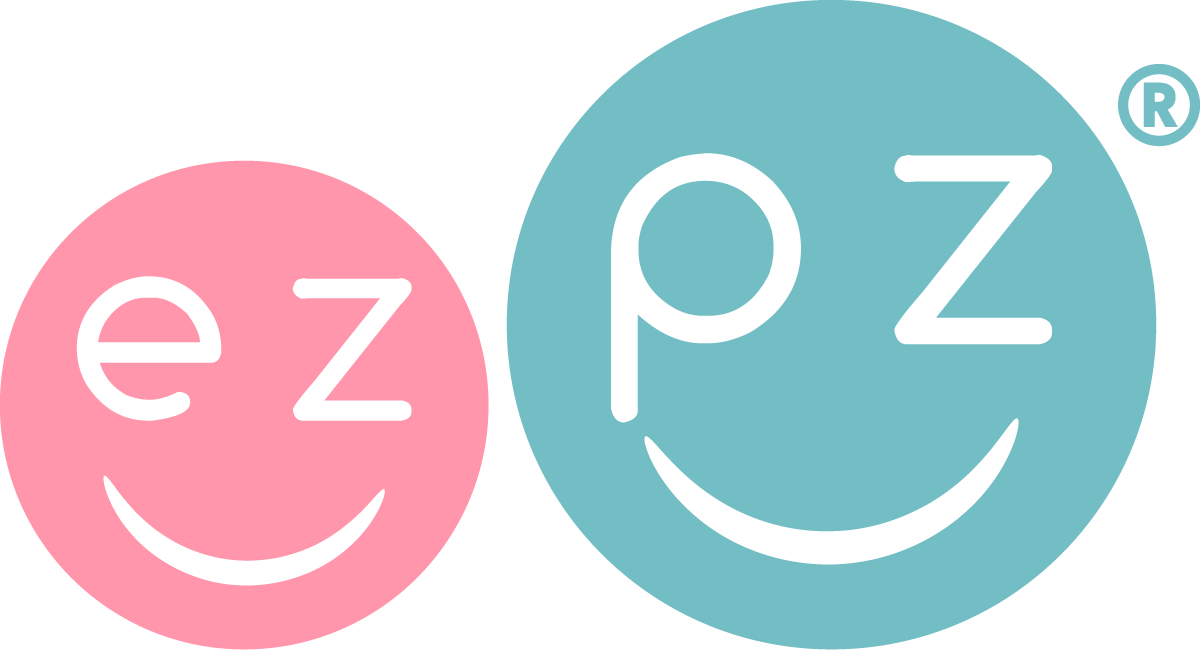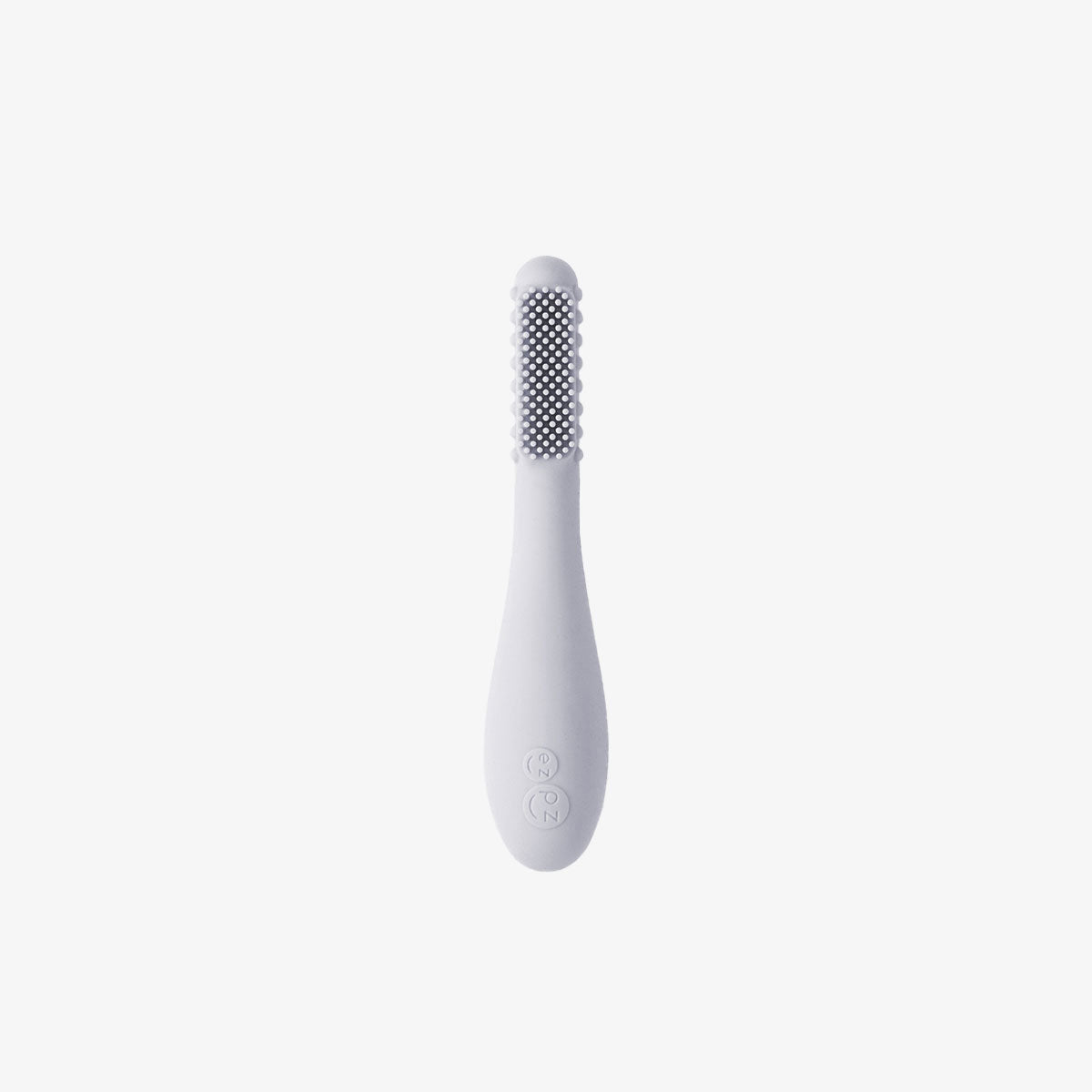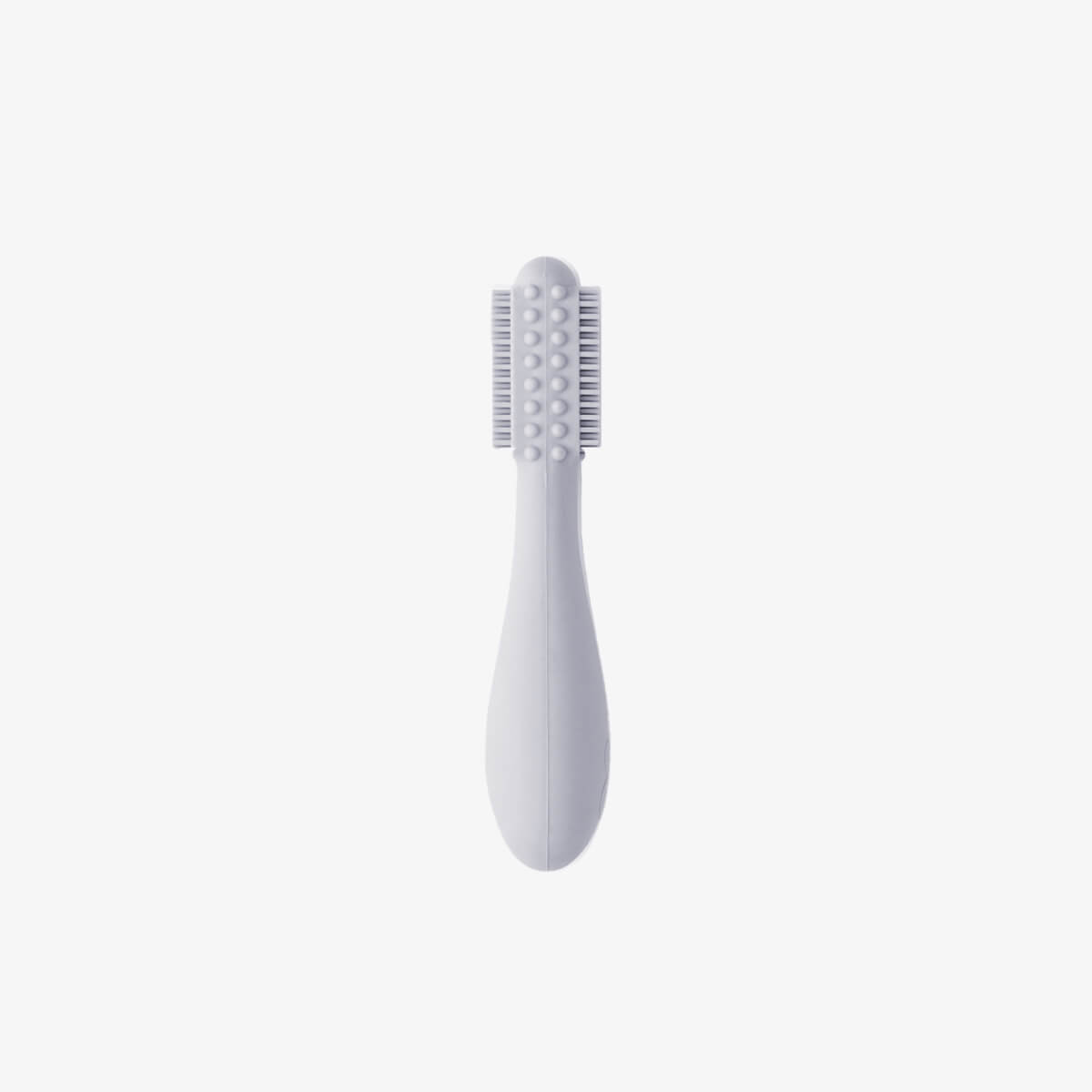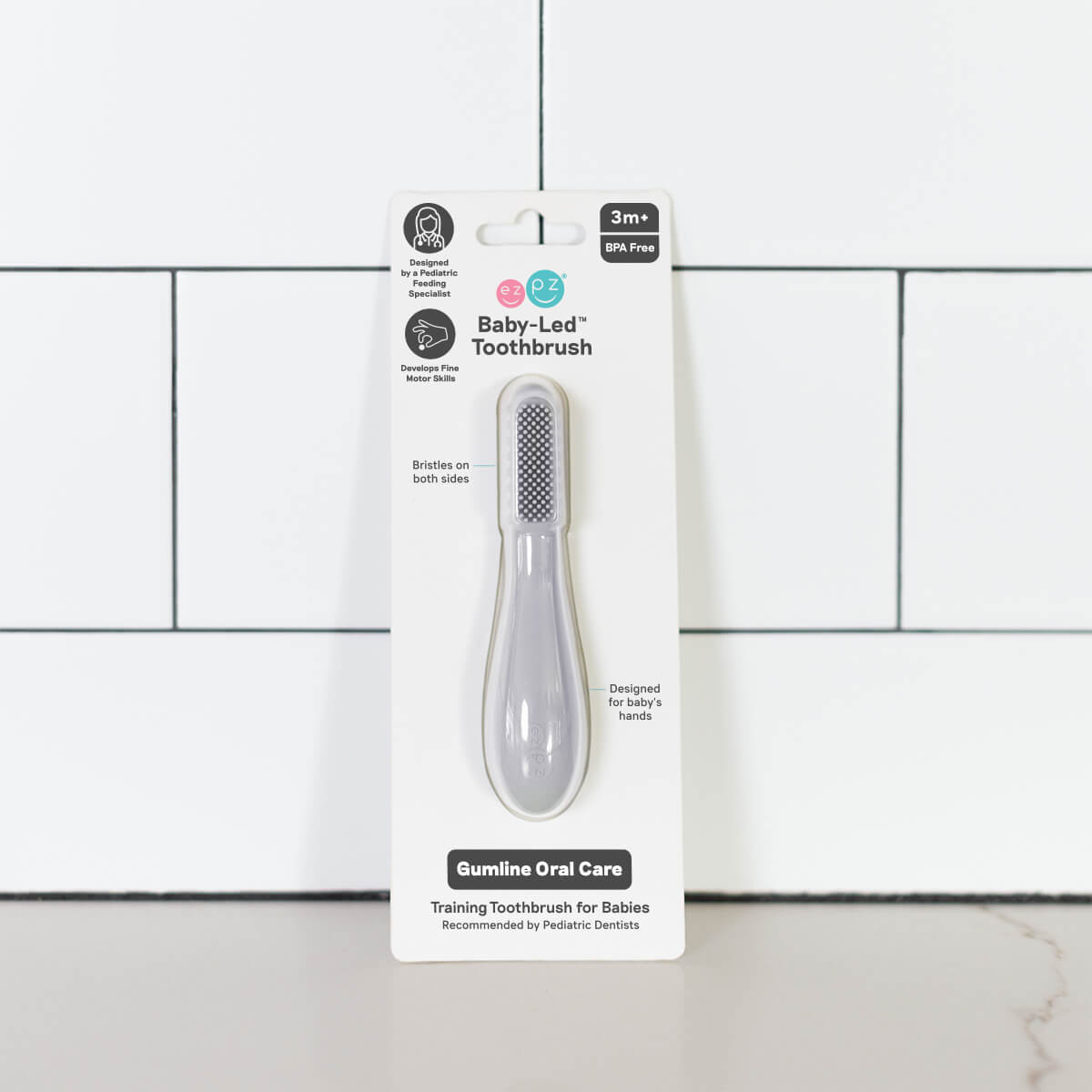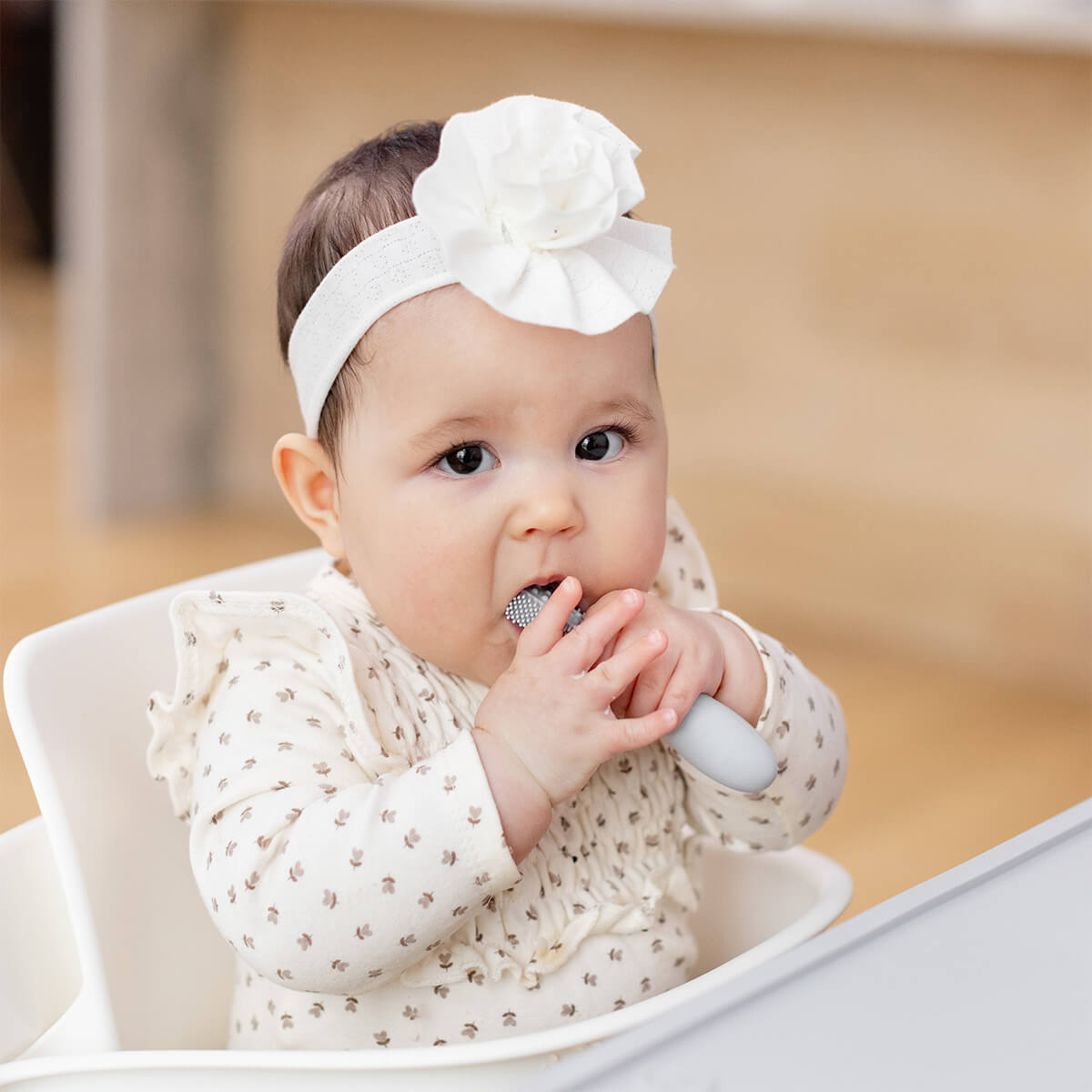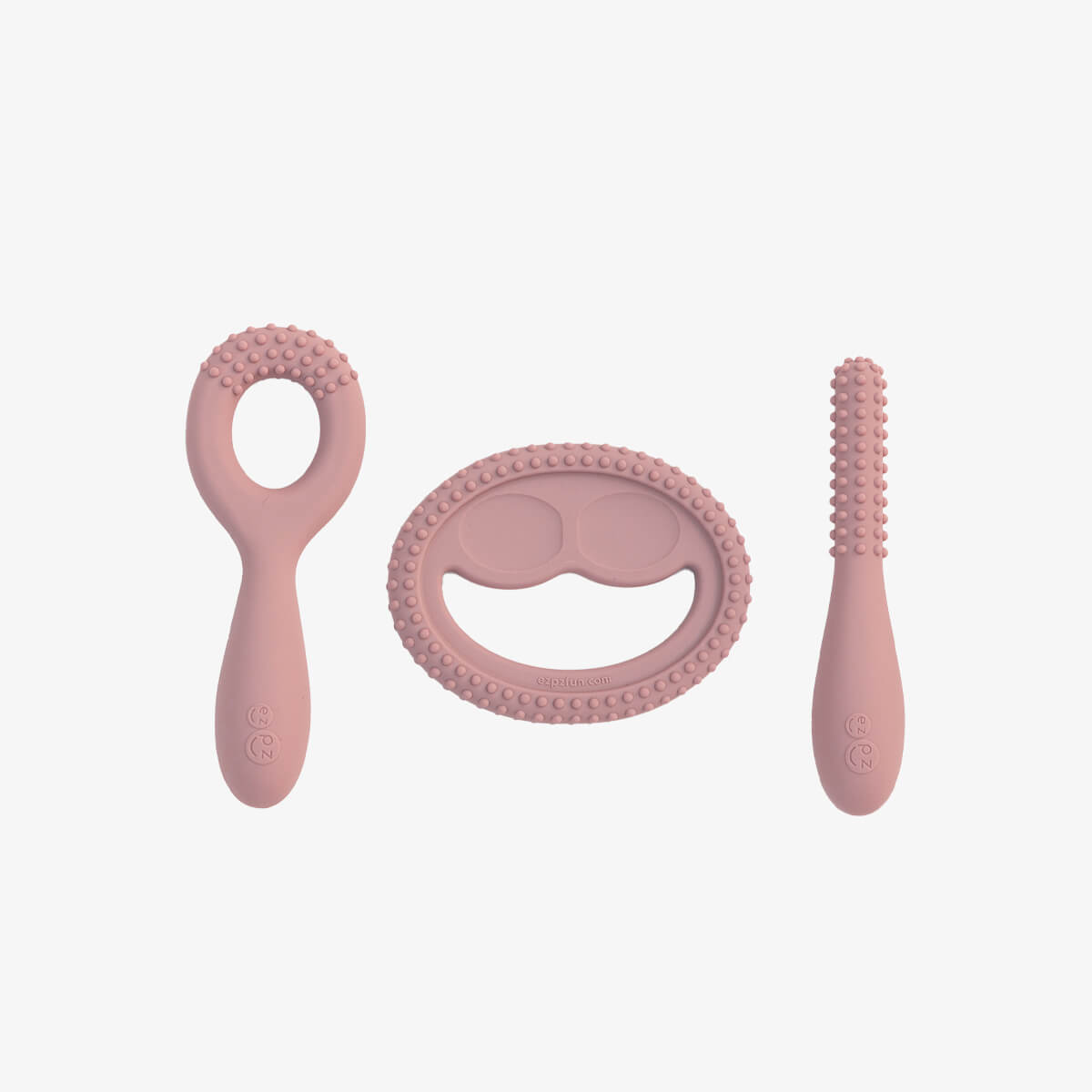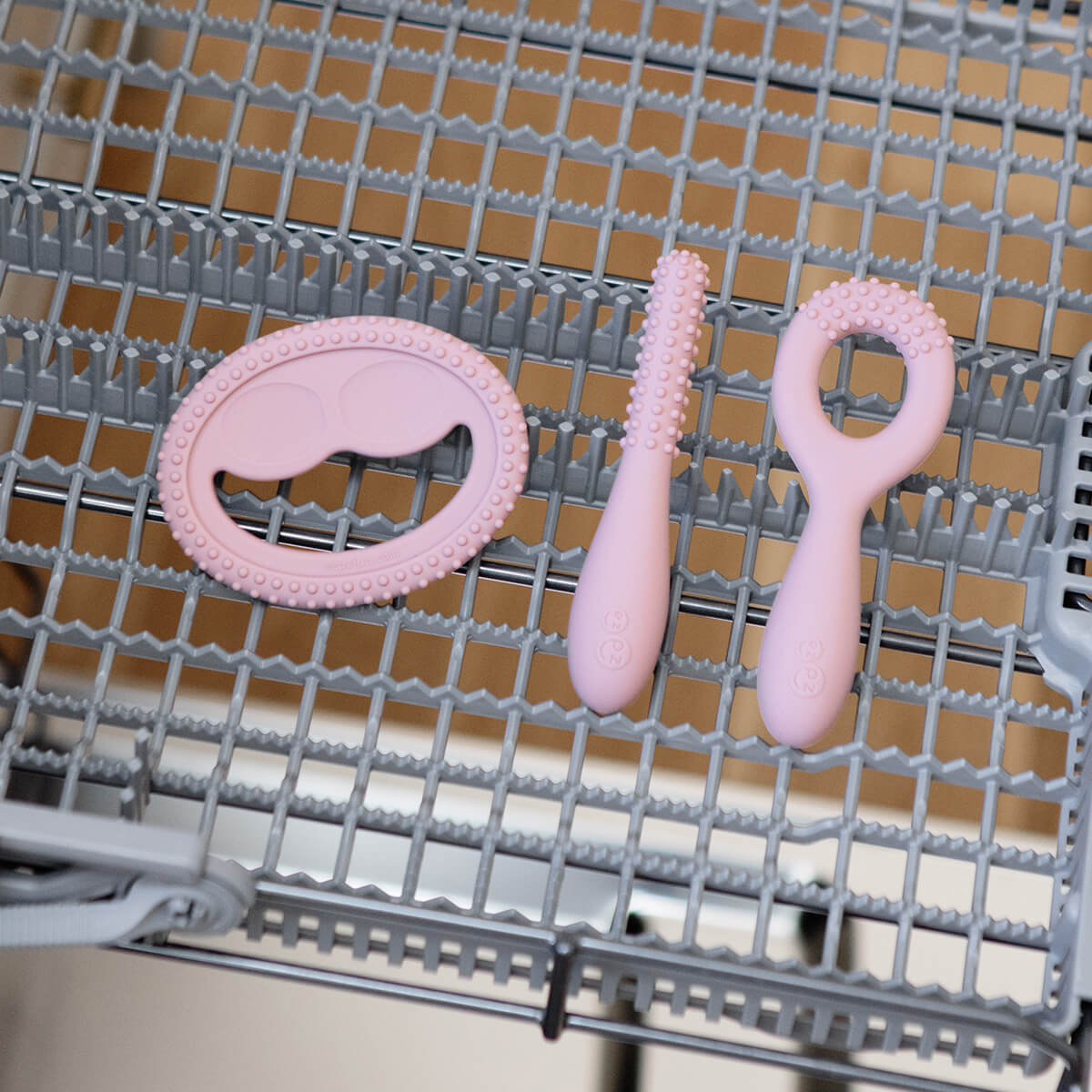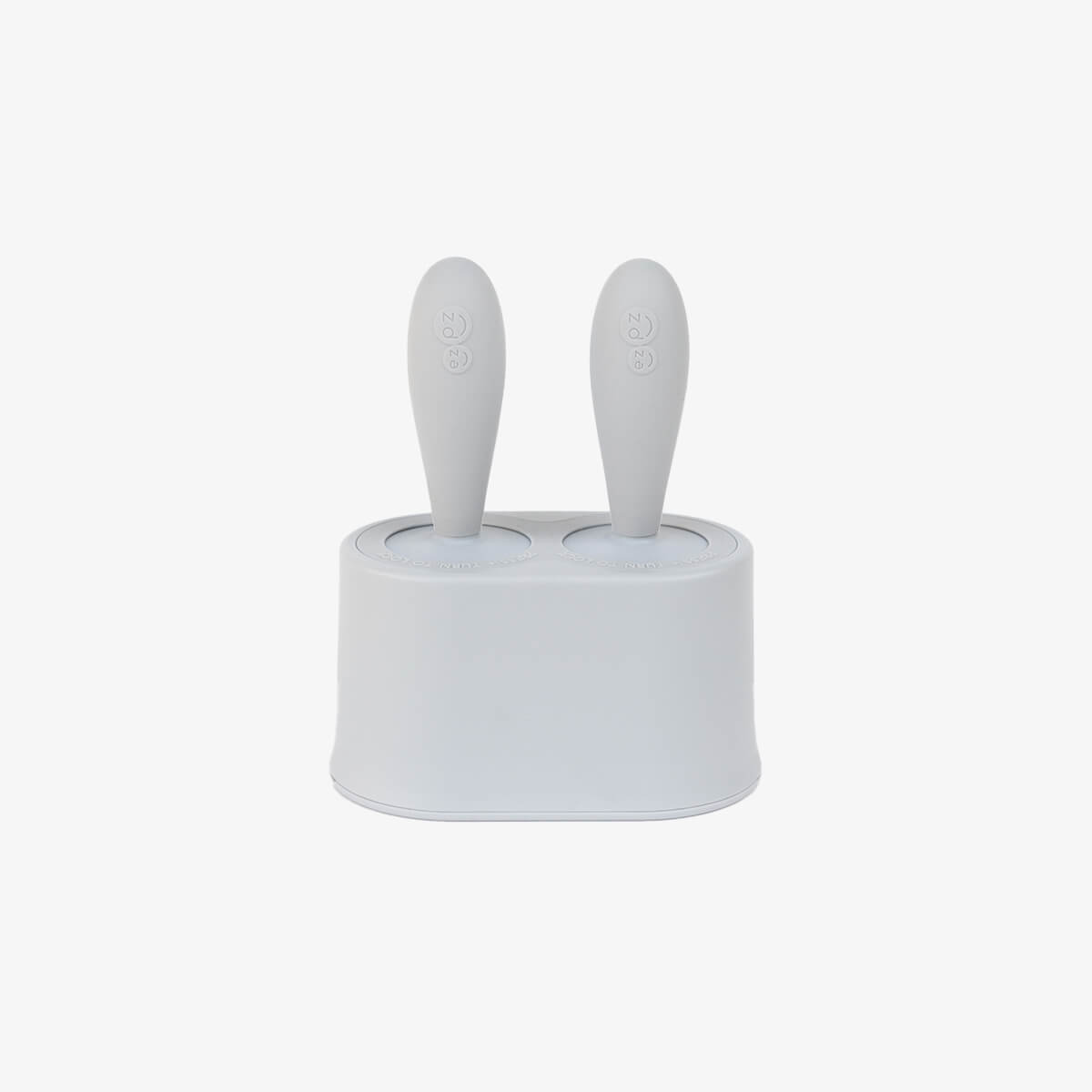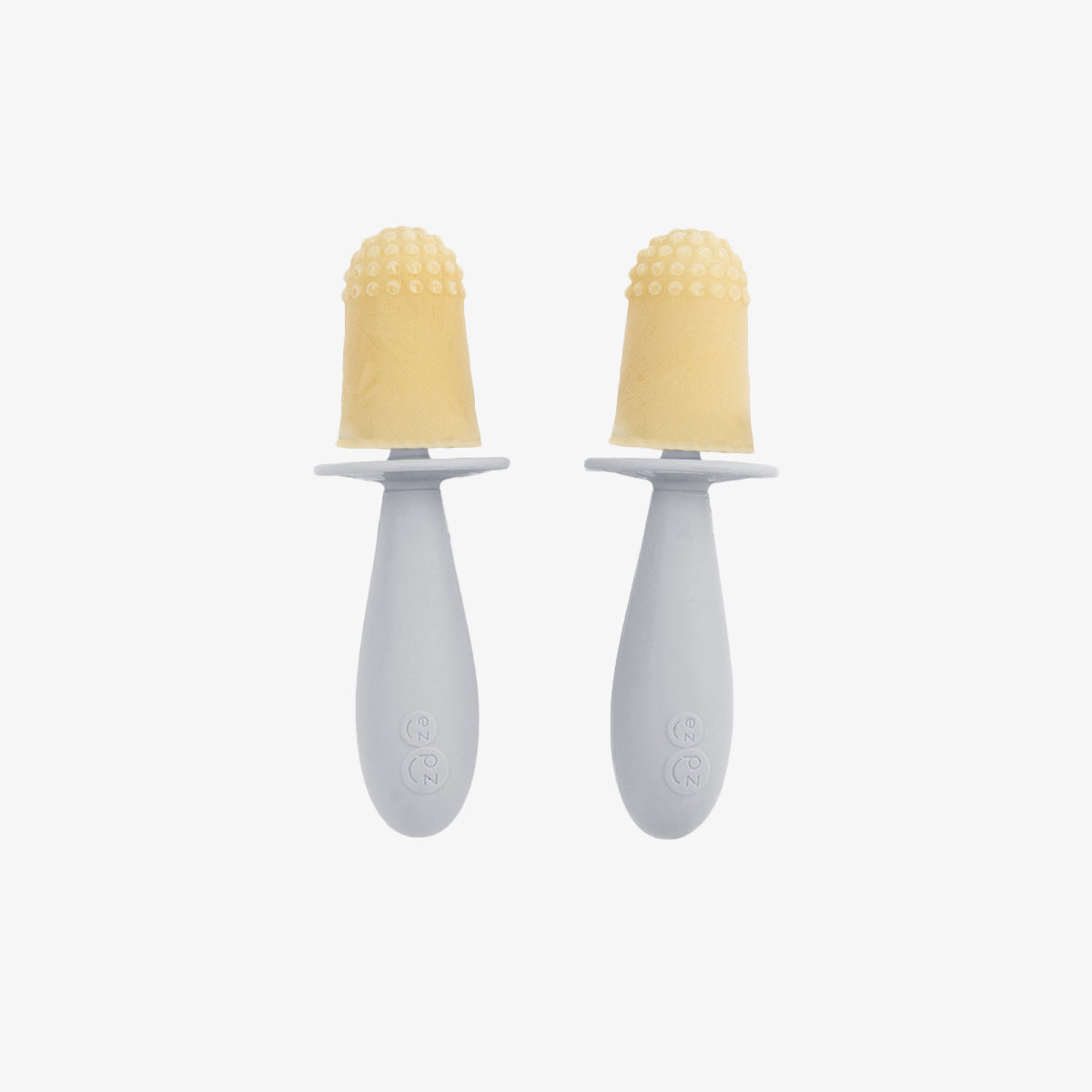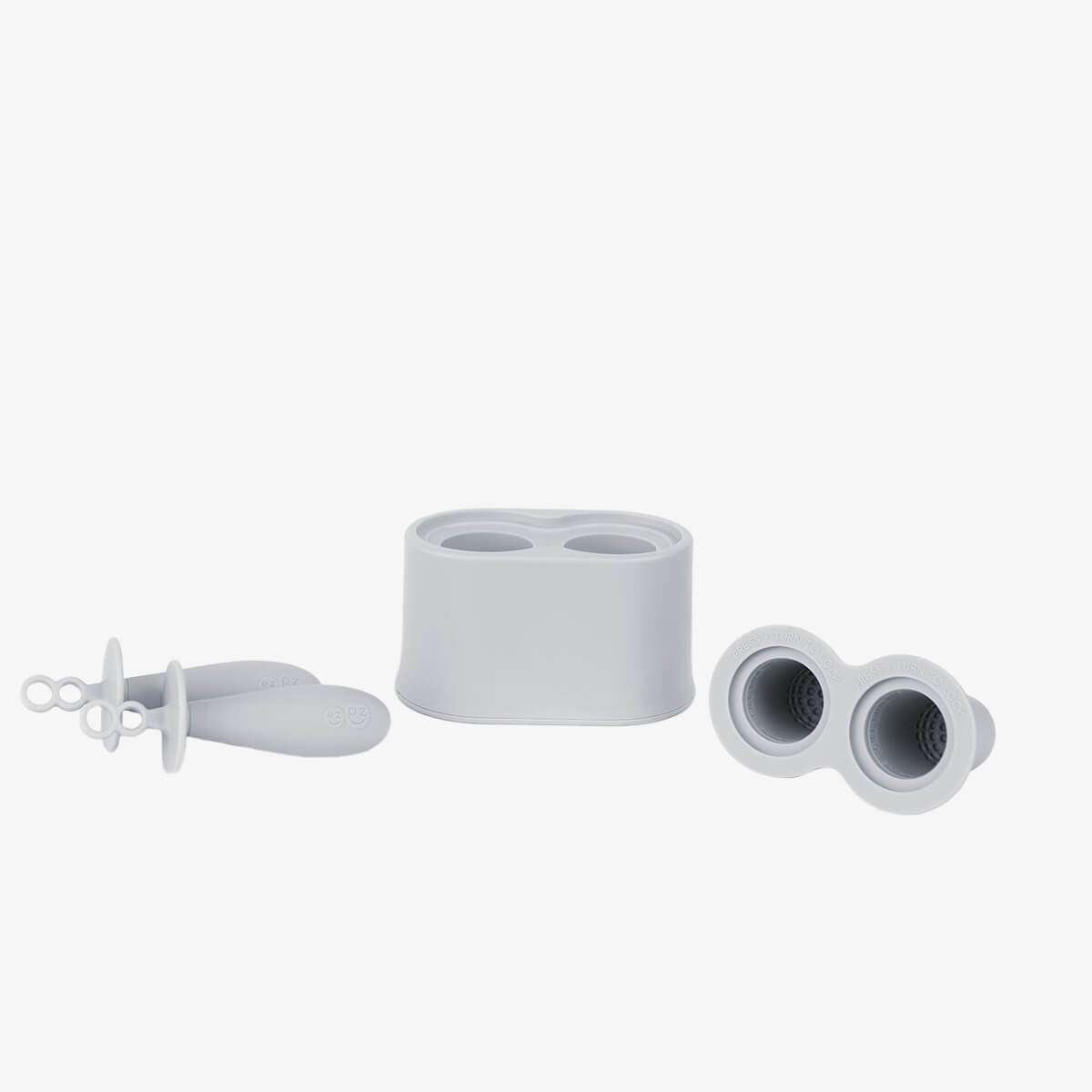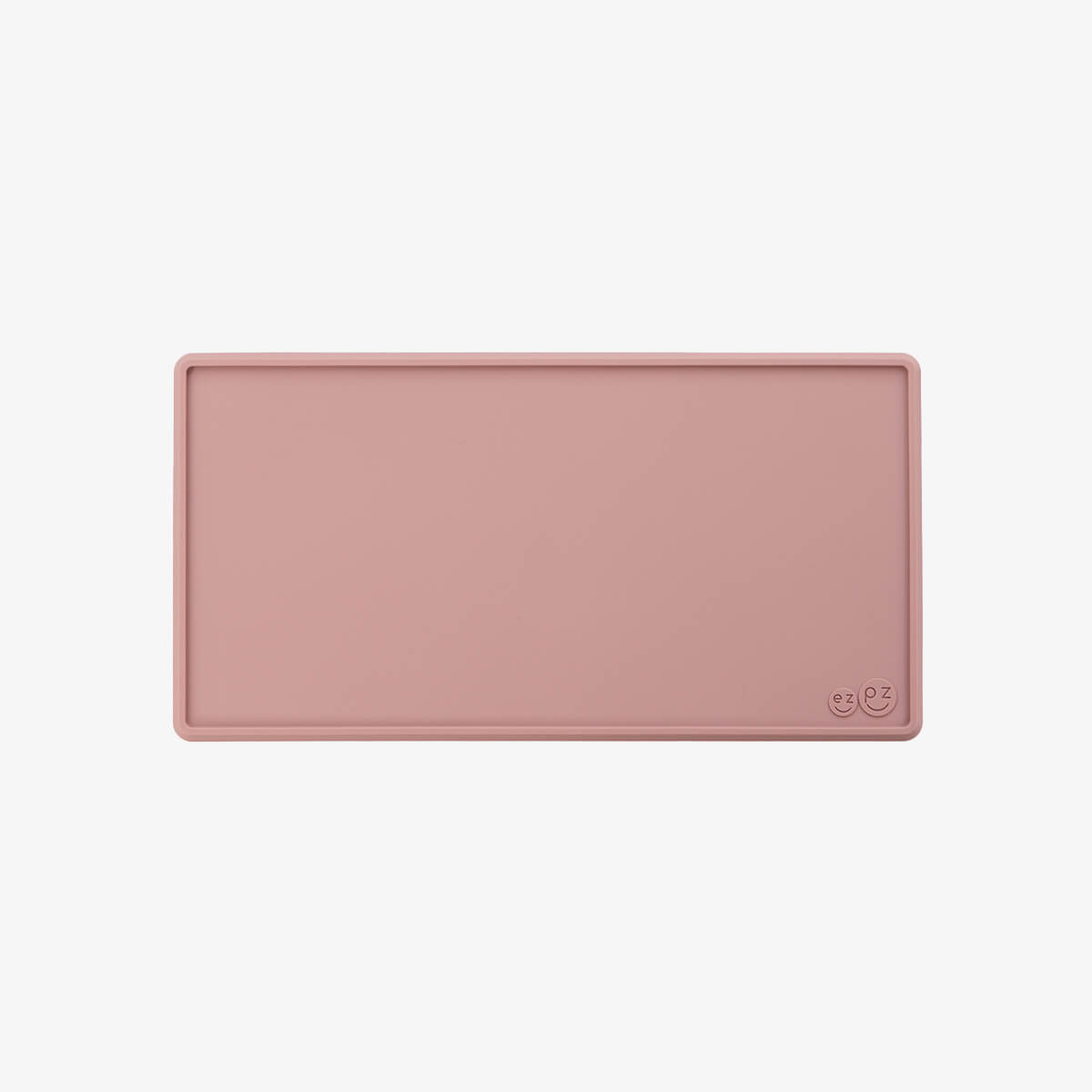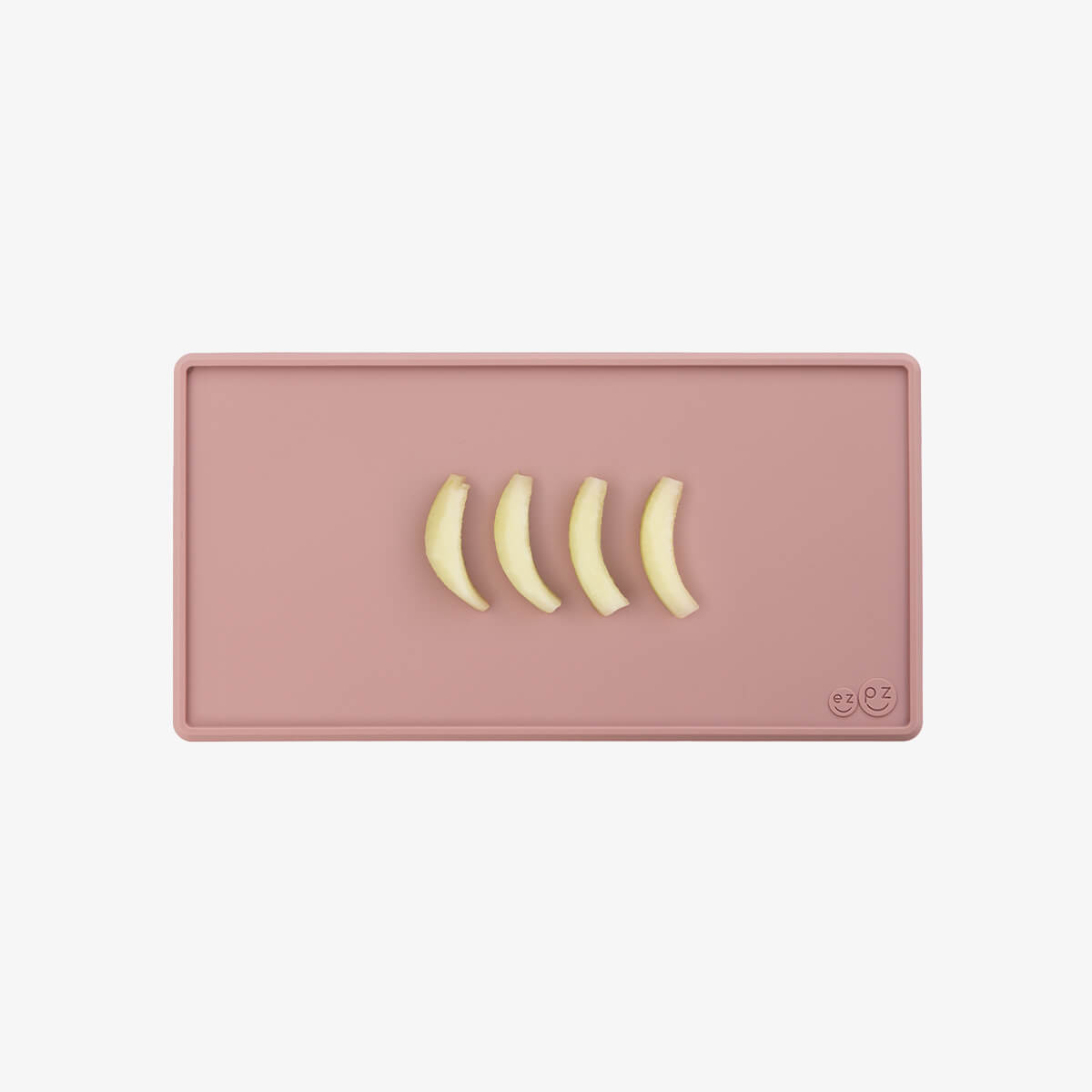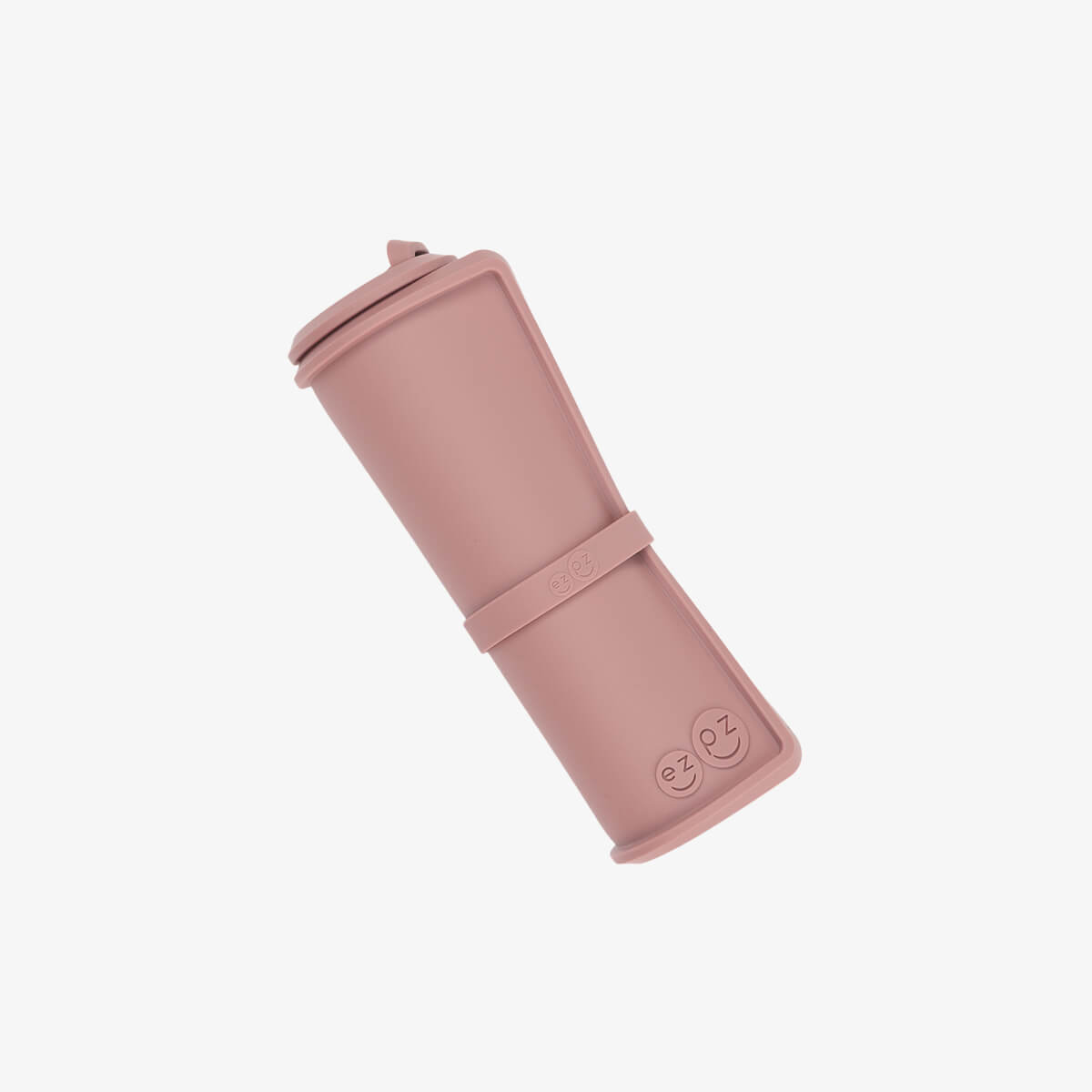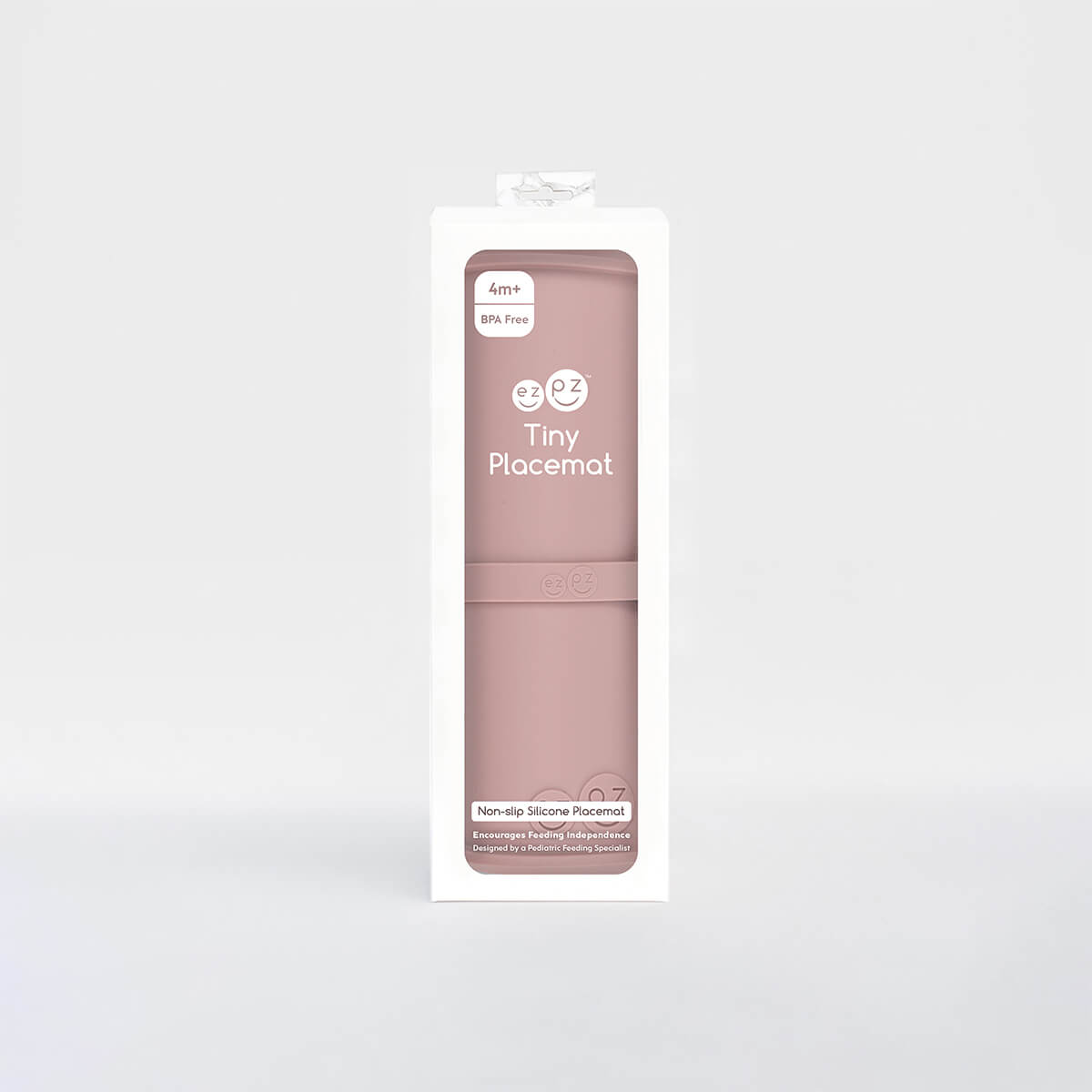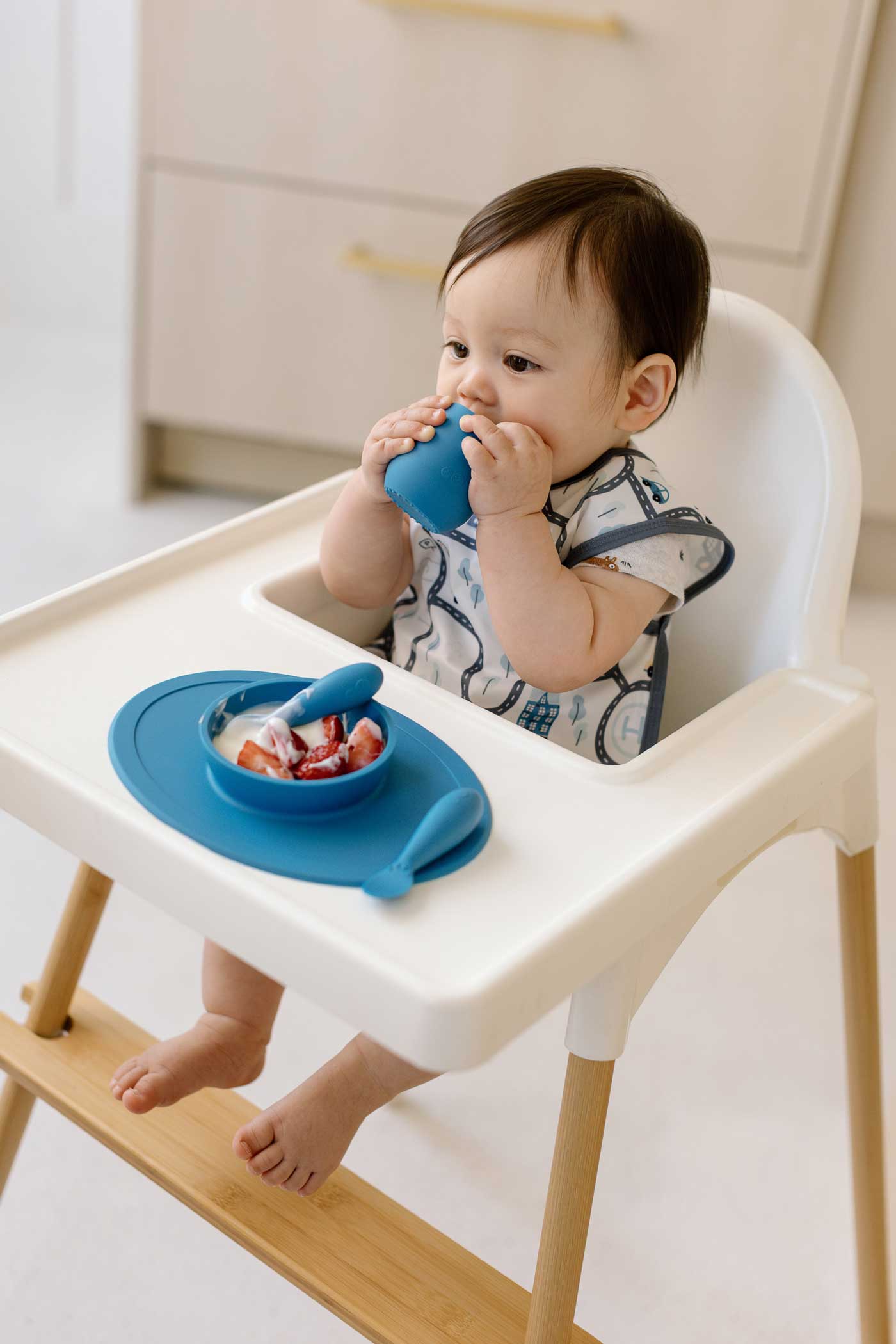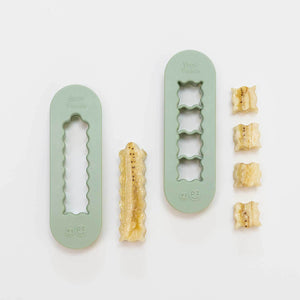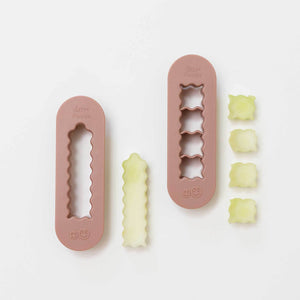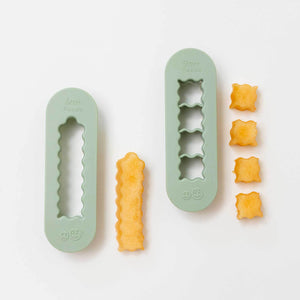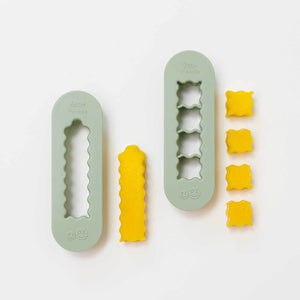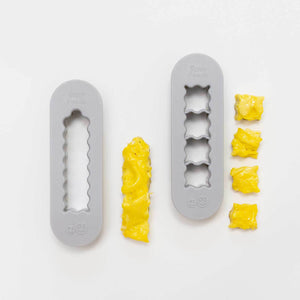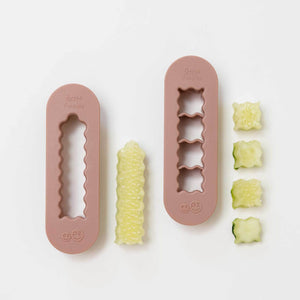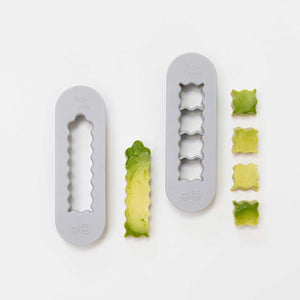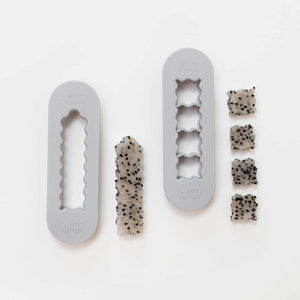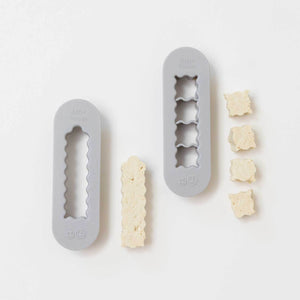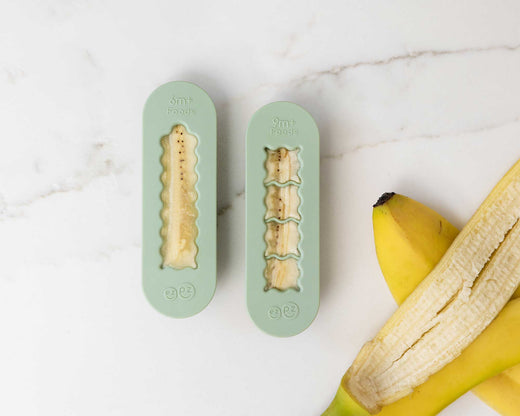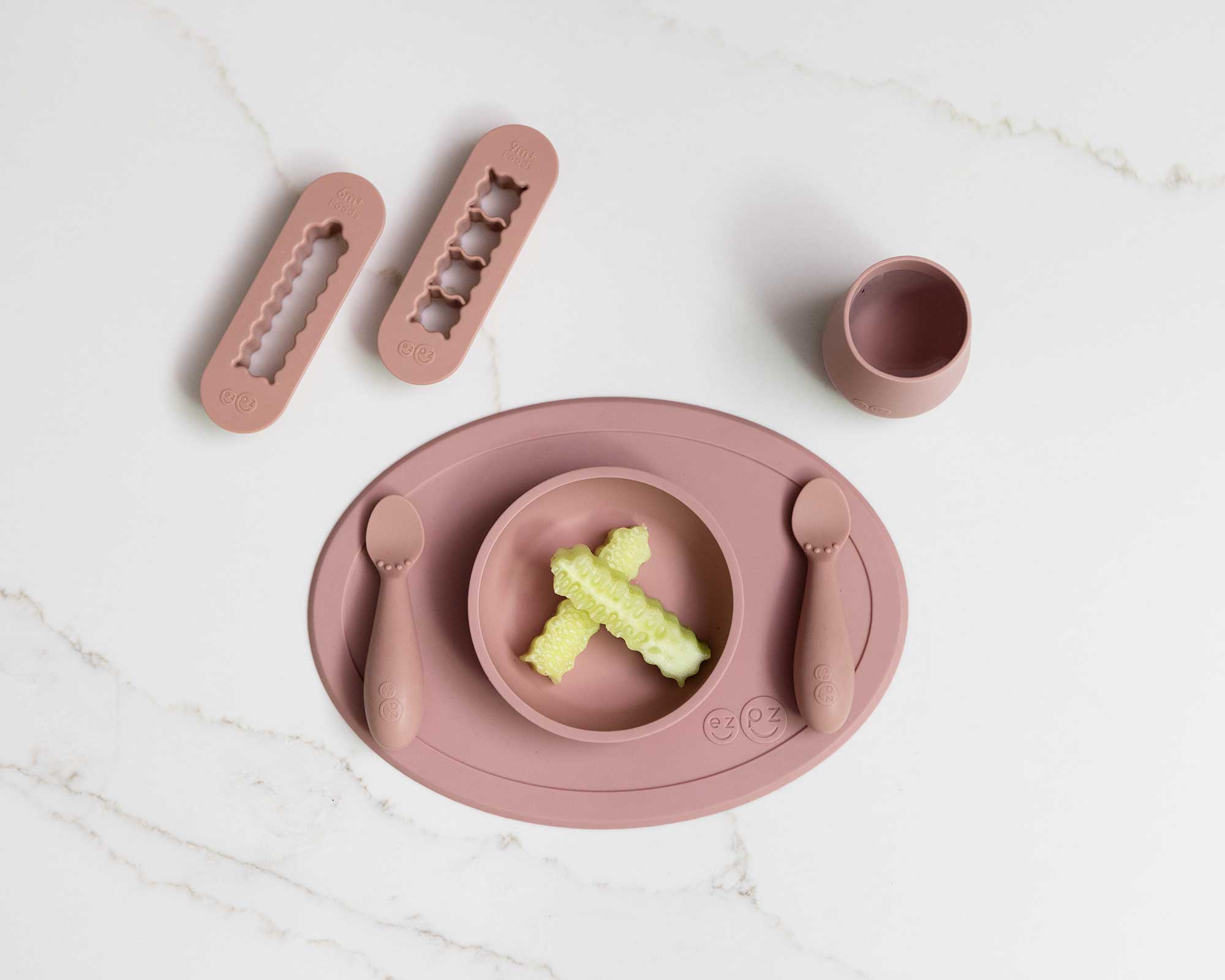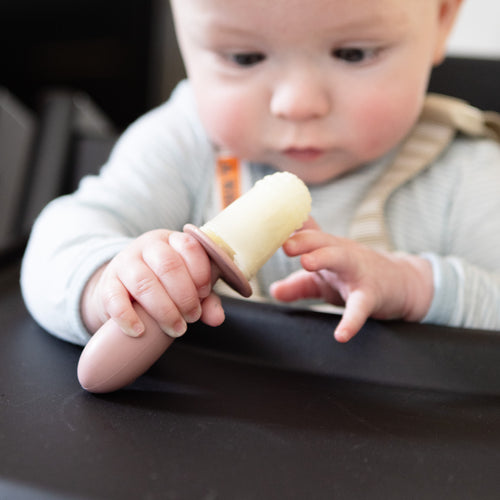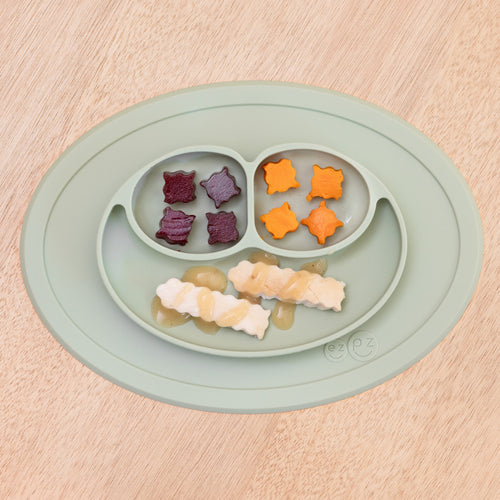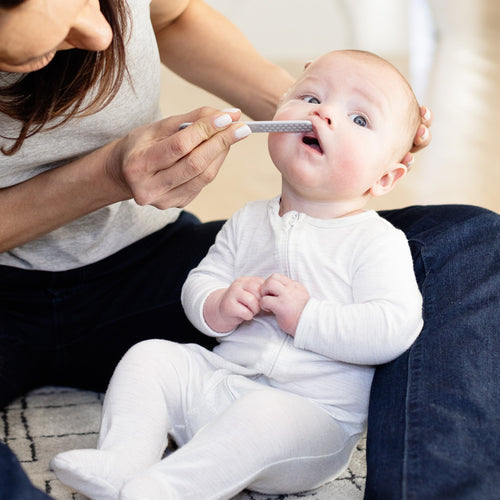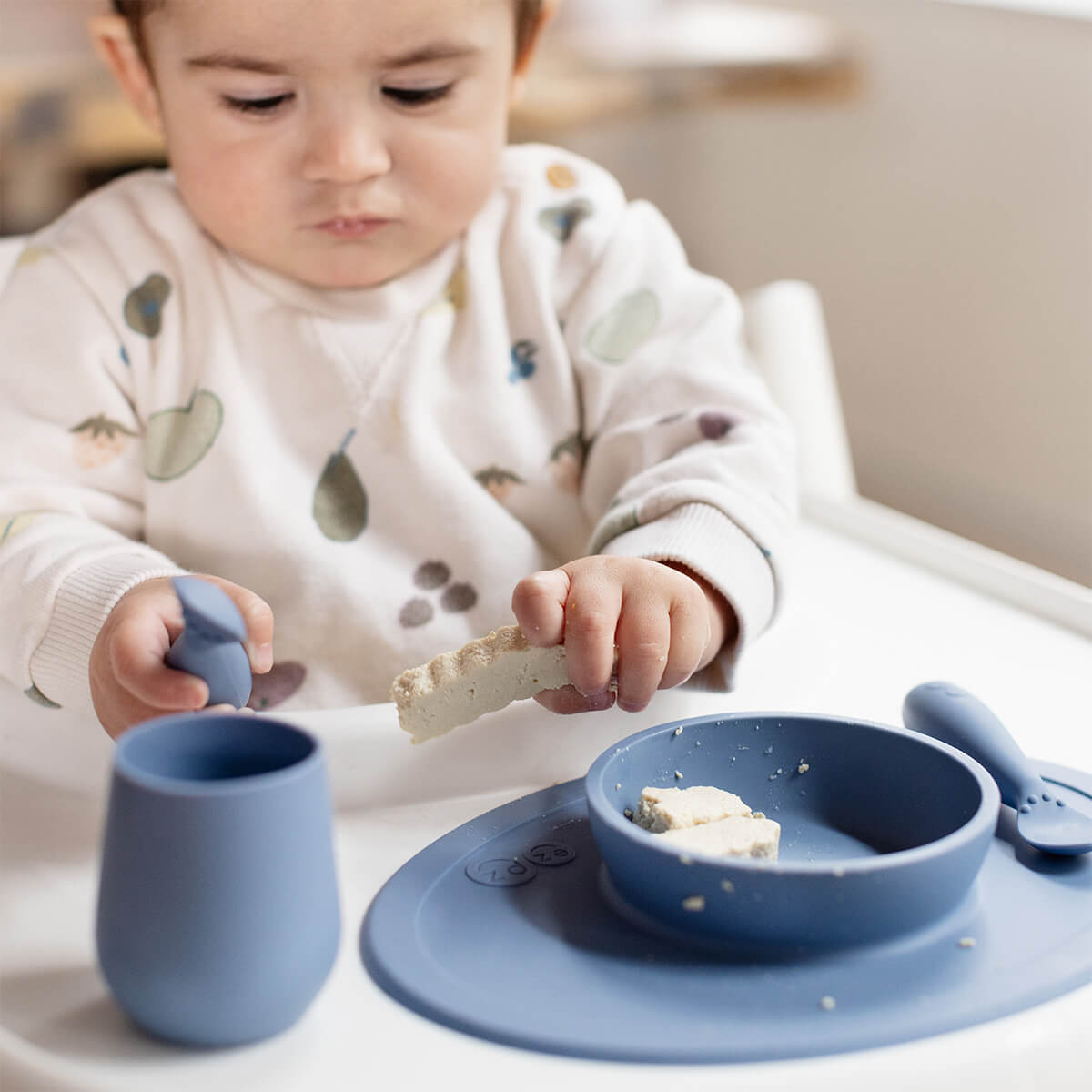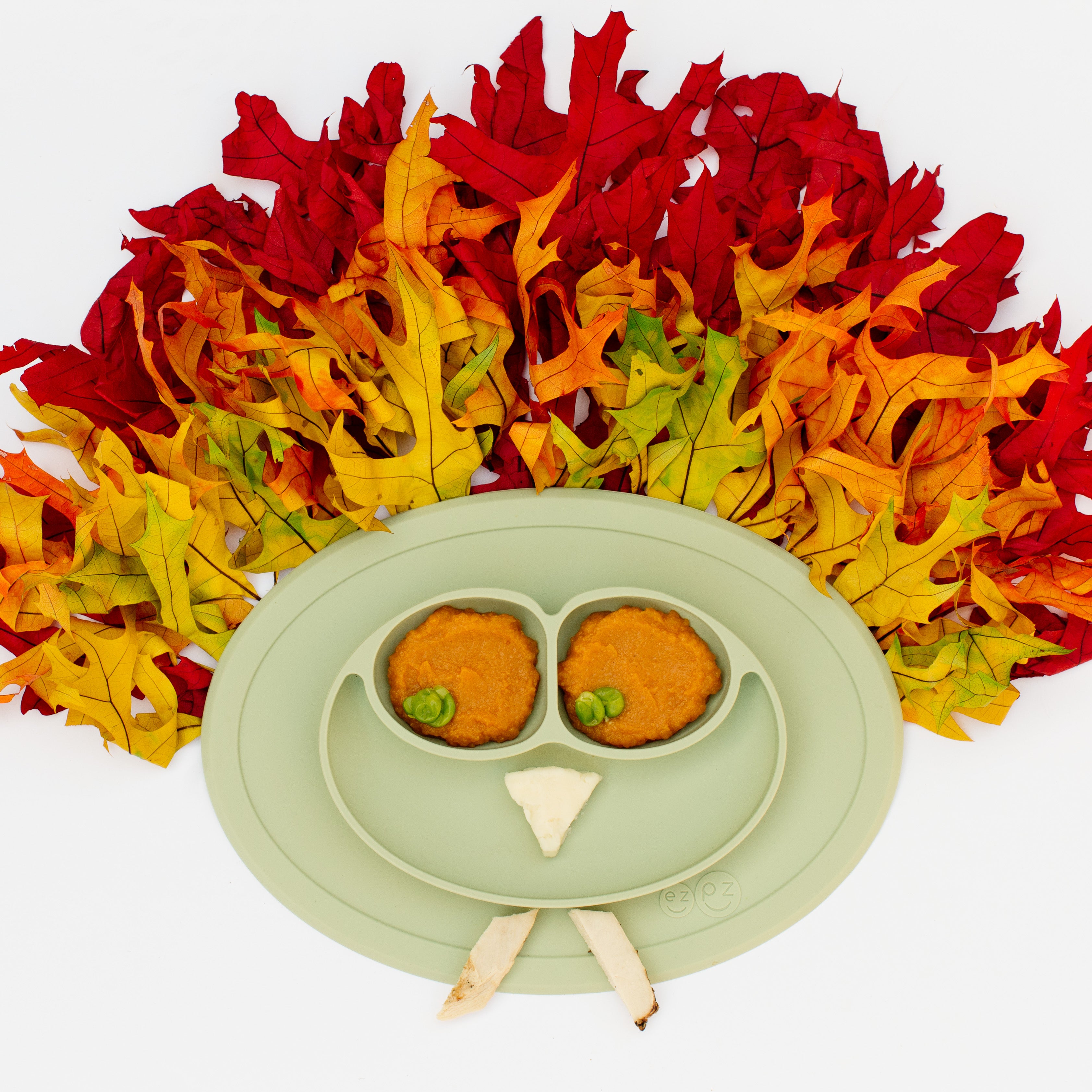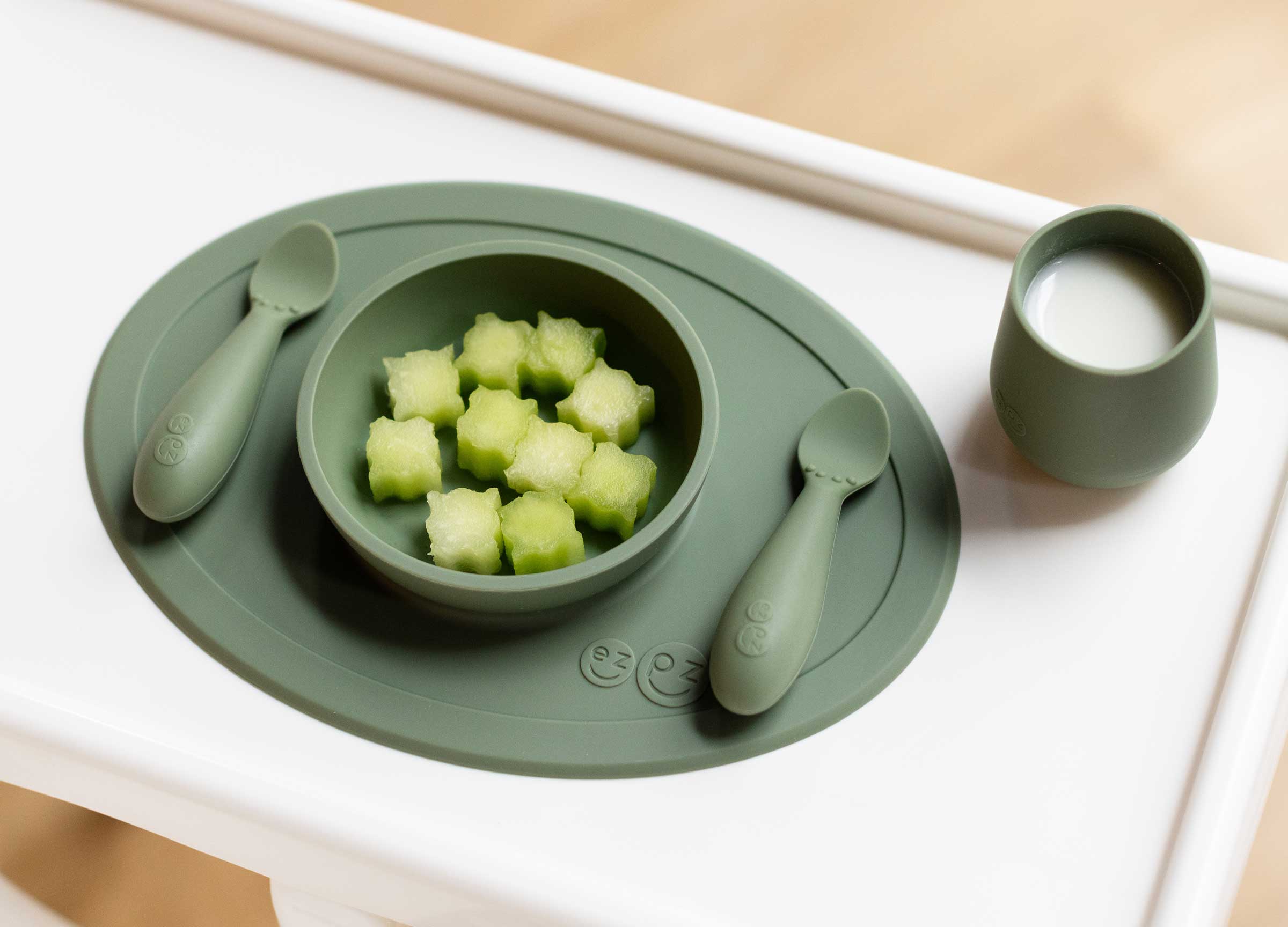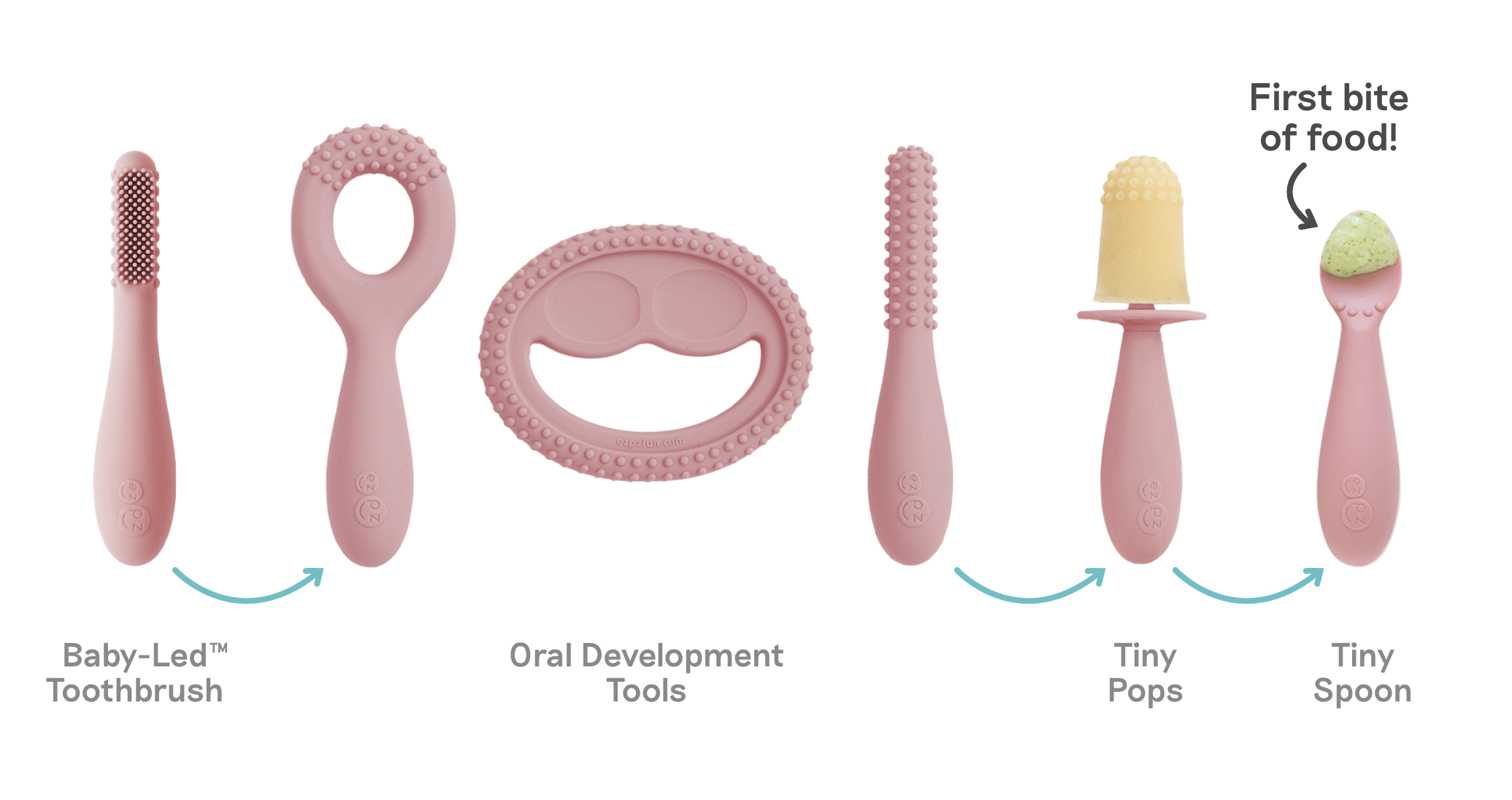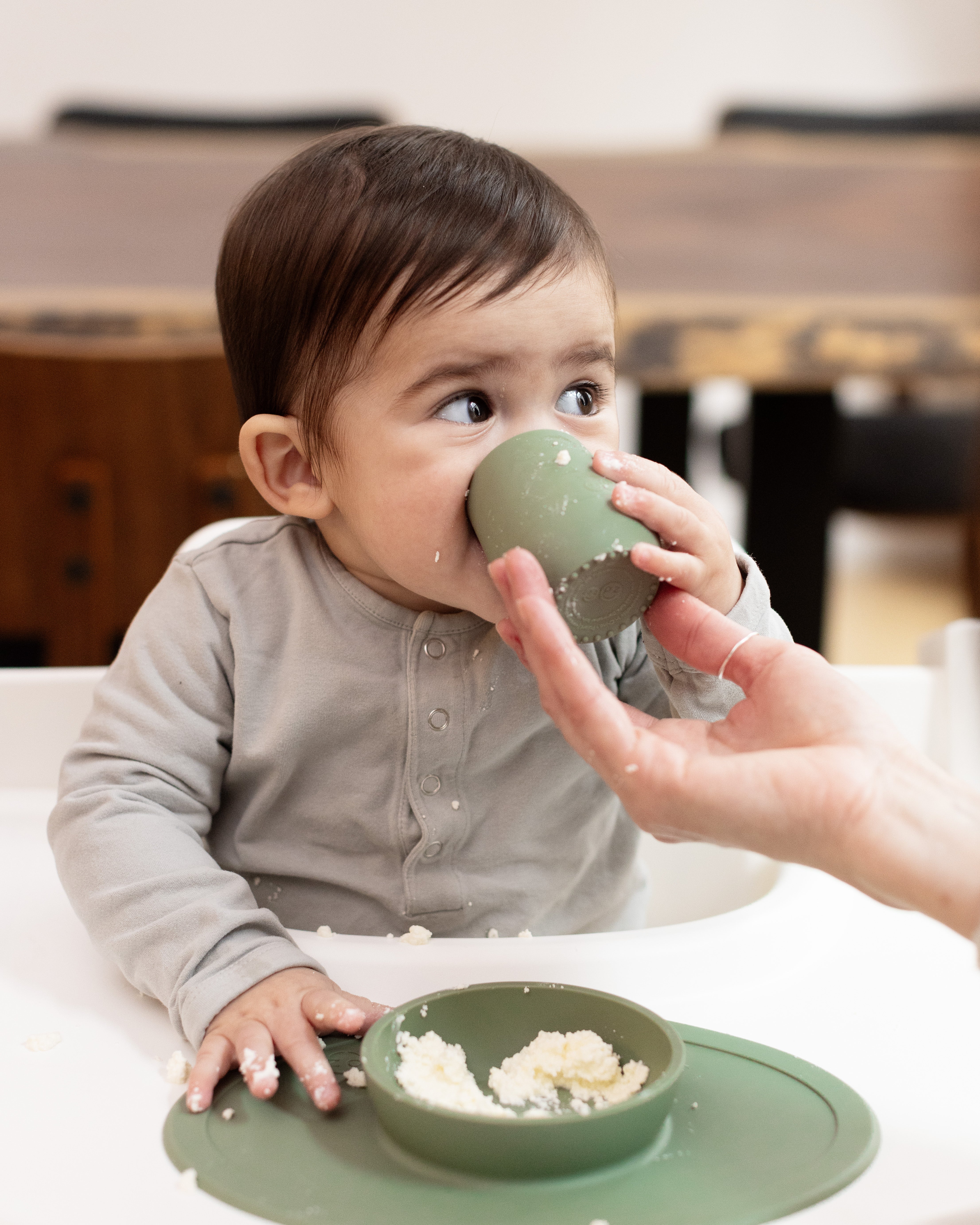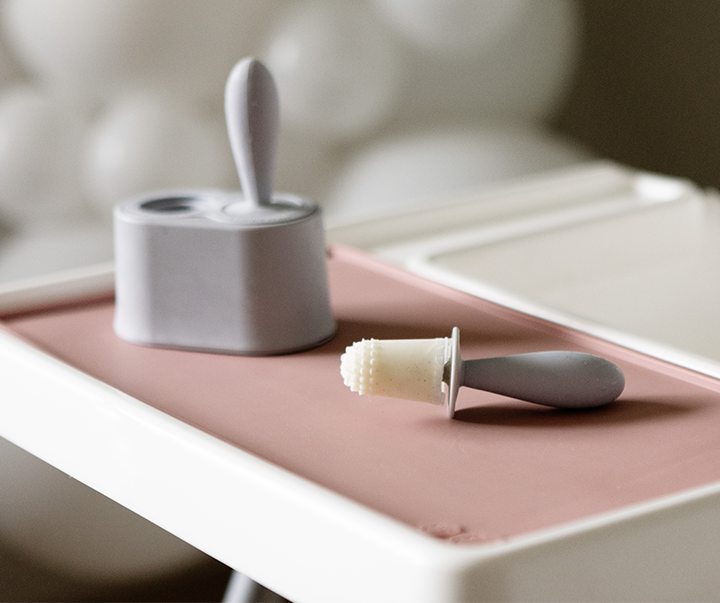
The Baby-Led Approach
Prepare for solids with our expert guide to baby-led weaning (BLW), including information on pre-feeding and oral care.
Our Favorite BLW Products
Designed for baby-led weaning by our Pediatric Feeding Specialist.
Getting Started with BLW
Baby-led weaning (BLW) is a feeding approach where babies are introduced to solid foods by eating the same foods as the rest of the family. Once baby is ready to start solids, babies feed themselves with a baby-led™ spoon or by picking up soft strips of food with their hands (instead of being spoon-fed purées by an adult).
BLW Foods to Try
Ready to start baby-led weaning? Here are some great first foods.
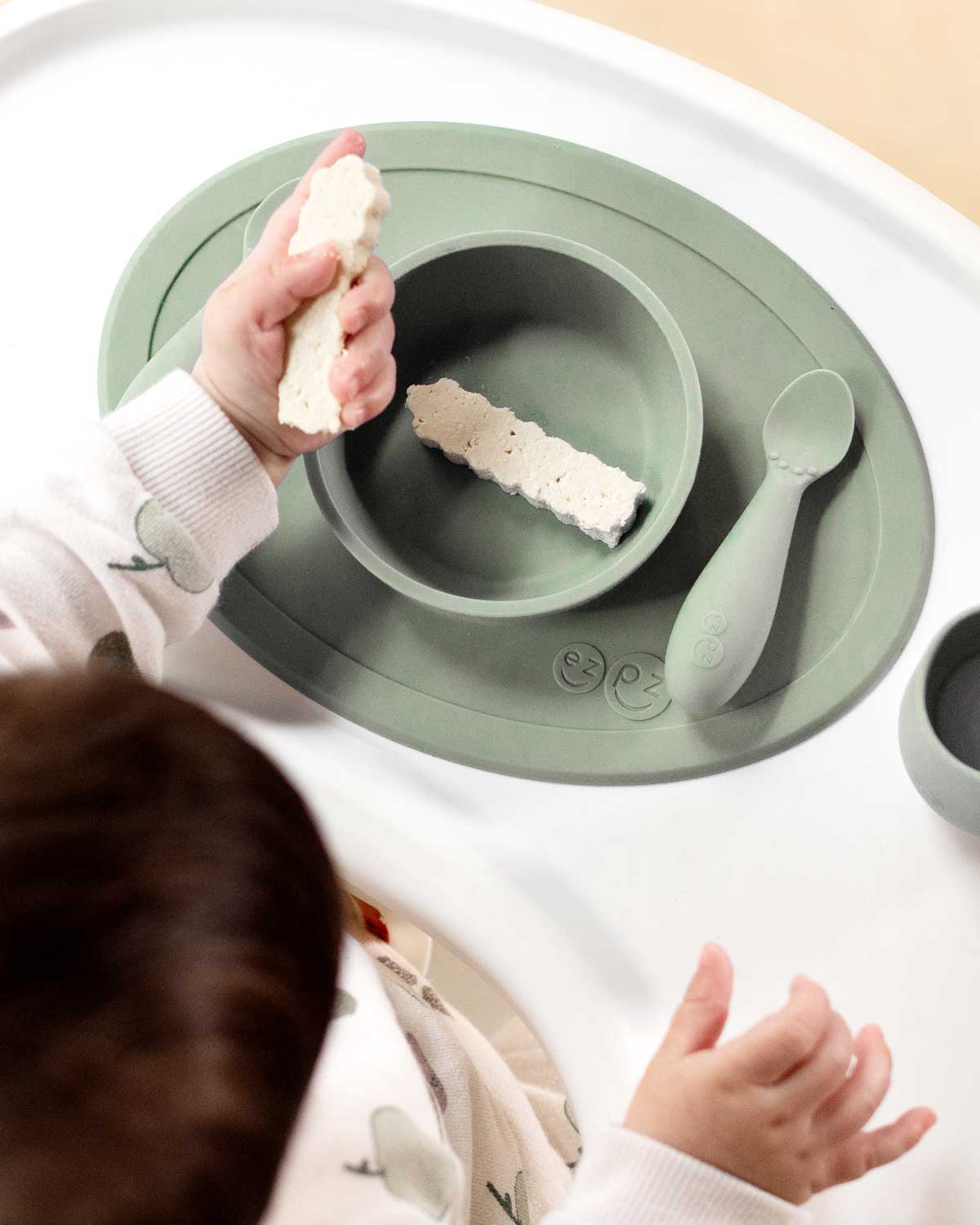
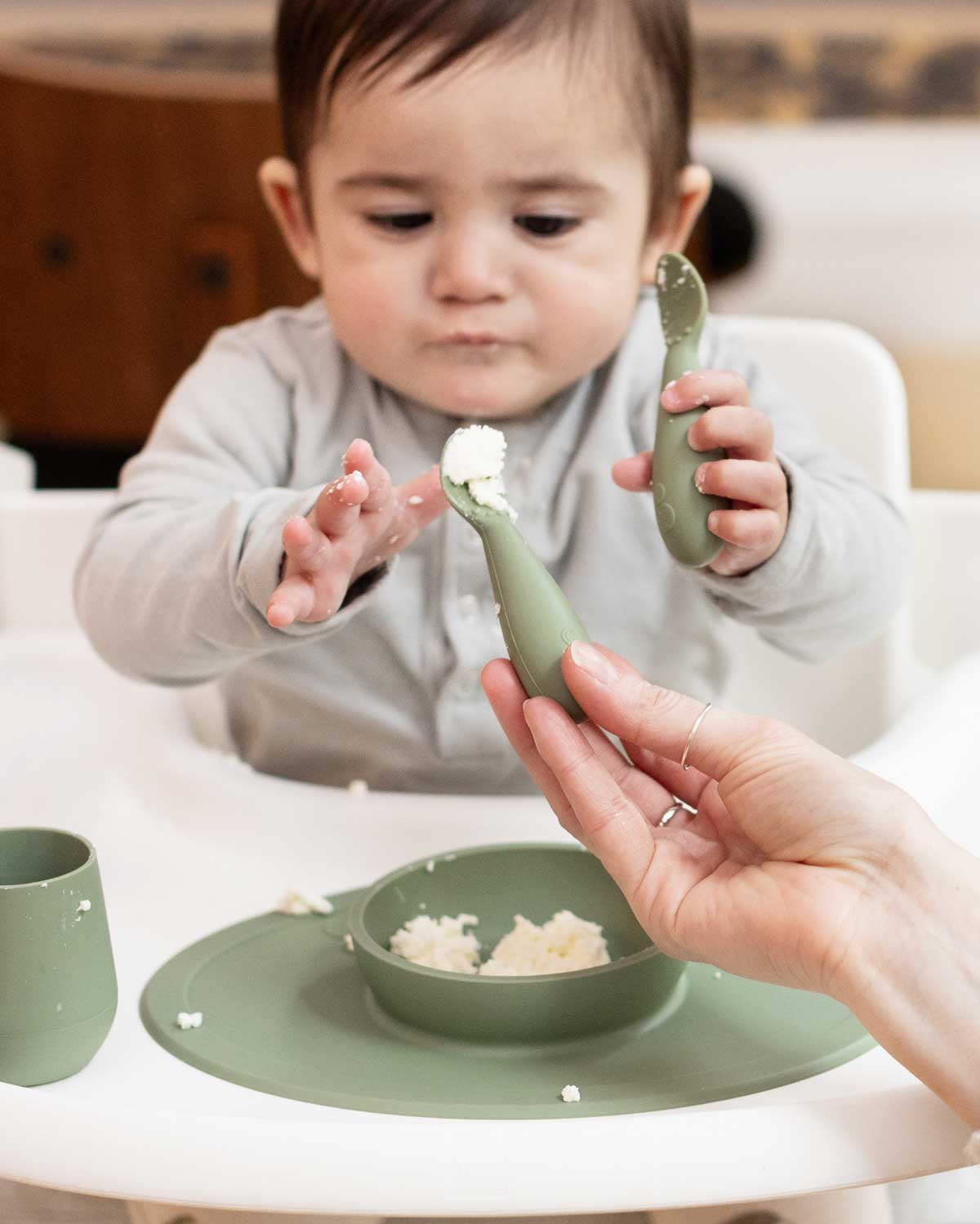
What does baby-led mean?
Baby-led means that baby is in control of their experiences and the adult follows their lead. Baby-led is different than the traditional method, where things like spoon-feeding and teeth brushing are done by the parents. In the baby-led approach the adult observes, supervises, and supports baby during activities like oral care, drinking, and feeding.
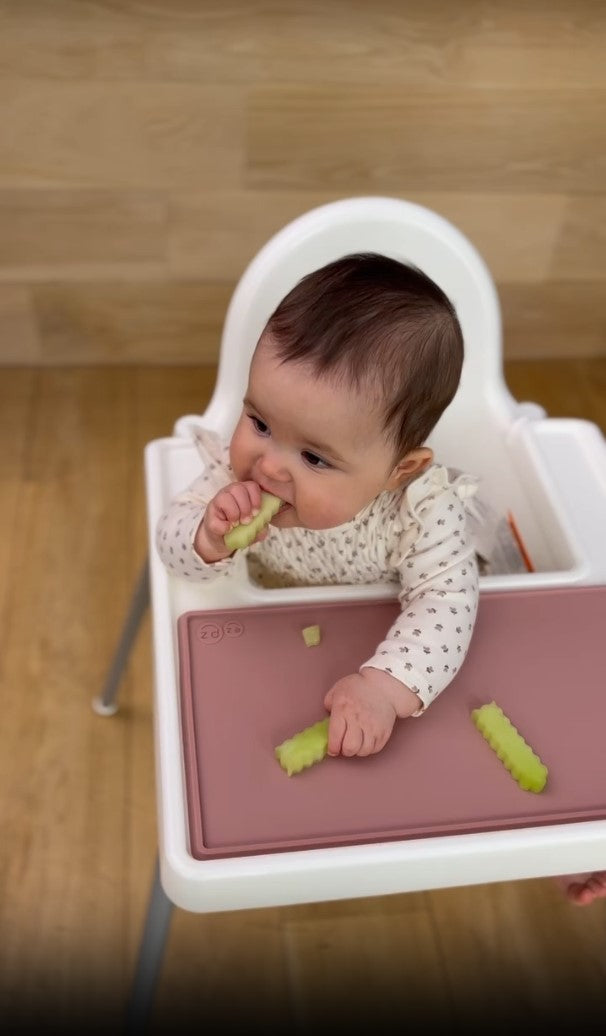
What are the benefits of the baby-led approach?
When babies explore and feed themselves, they practice strength-building movements which helps them to develop and meet different feeding milestones. The baby-led approach encourages the development of fine motor, feeding, and speech skills.

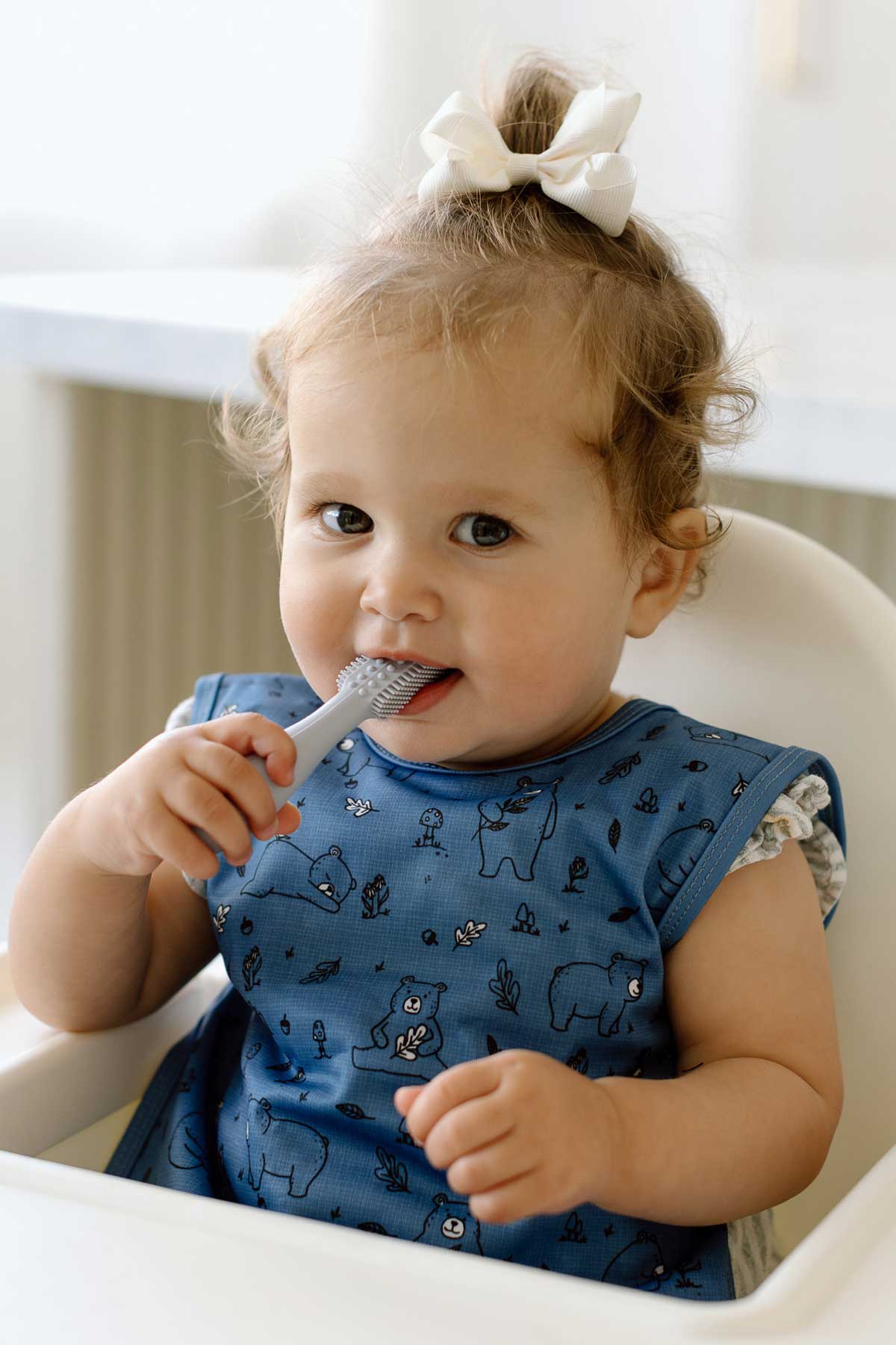
Baby-Led Oral Care
Before diving into solids, it’s essential that your baby’s oral development is on track.
Baby-led oral care (BLOC) is an approach that builds on the principles of baby-led weaning, offering an intuitive way to prepare your baby’s mouth for solid foods.
By focusing on oral care early on, you can help your baby become familiar with different sensations in their mouth and encourage healthy oral habits.


Pre-Feeding + Motor Planning
Learning to self-feed is an important developmental milestone, and before diving into solids your baby can start practicing their feeding skills. Our Pre-Feeding Collection is designed to target and support pre-feeding milestones.
Motor planning is a vital skill that helps babies learn to remember and perform specific movements, such as bringing a spoon to their mouth. The ezpz baby-led handle plays a key role in this developmental process, as it is consistent across each stage. This makes it easier for babies to transition from oral exploration to self-feeding.
Frequently Asked Questions
We love to talk about baby-led weaning. Here is some more information!
How do I know when my baby is ready to start solids?
Sometimes families are so excited to start baby on solids that they begin too early (without knowing some of the risks). Here are some signs of readiness to look for:
- Is baby six months of age?
- Can baby sit up on their own without losing their balance?
- Does baby reach for and grasp objects?
- Does baby bring their hand, objects or food to their mouth?
- Does baby have the head control to look up, down and to both sides without falling forward?
- Does baby have an interest in food?
To learn more about the ages and stages for starting solids, check out our blog: Are you Feeding Baby Too Early.
Why are baby-led handles important when starting solids?
Our baby-led handles are perfectly designed for baby’s tiny hands and the development of the palmar grasp (stabilizing an object against their palm while curling their fingers around it).
This is baby’s first feeding grasp, and offering tools designed for this stage encourages them to explore, practice, and strengthen their fine motor skills. Watch for this grasp when you introduce your baby to the following baby-led products:
- Oral Development Tools are designed to
help babies and toddlers practice their feeding, munching, biting, and chewing
skills. Here are additional tips for using these tools. - Tiny Pops are a ½ oz popsicle mold made for infants and toddlers. The Tiny Pops help with teething pain and provide nourishment, too! Here are a few recipes and tips for offering popsicles to your little one.
- Developmentally, babies can bring the Baby-Led Toothbrush to their mouth to explore. This oral exploration might start with munching the toothbrush, but with practice, your baby will learn to brush their own gums and teeth after each meal!
- Tiny Spoons are designed to help baby learn how to dip and scoop and feed themselves independently. Here are expert tips for why you want to use two spoons when starting solids.
What feeding and swallowing milestones should I know about?
Open cup drinking, spoon-feeding, and self-feeding milestones all start at 6 months of age. Parents need a safe open cup, spoon, and baby-led strips of food to help their baby become an independent drinker and eater!
- Self Feeding: Babies learn to self feed by using their palmer and pincer grasps. This is why our Baby-Led Weaning Food Cutters are designed to cut food into finger-length strips to support the palmar grasp (6m+) and serrated cubes to promote the pincer grasp (9m+). ezpz food cutters ensure that baby’s meals are prepared for their age and developmental stage.
- Cup Drinking: Developmentally, at 6 months of age baby should be introduced to sips of breastmilk, formula, or smoothies from an open cup held by an adult (NOT a sippy cup!). The ezpz Tiny Cup is a safe choice for teaching open cup drinking.
- Spoon Feeding: Choose a baby-led spoon that your little one can easily grasp. The ezpz Tiny Spoon was designed to help baby learn how to use a utensil independently and be successful with the fine motor milestones of dipping and scooping!
To learn more about infant cup drinking and spoon feeding milestones check out our blogs: Feeding Milestones for Baby: Cup Drinking and Baby-Led Spoon Feeding at 6 Months.
How do I decrease gagging and choking?
- Cut food with the BLW Food Cutters to ensure it's the right size and shape for baby's age + developmental stage.
- Only place a few strips of food in a bowl or mat at a time to decrease overstuffing and choking risk.
- Give baby time to swallow all the food in their mouth before offering more food in the bowl.
Always supervise baby while they are eating. For more tips on how to decrease choking and pocketing check out our blogs.
How do I choose the right foods for BLW?
- Pick foods that are soft and ripe.
- Choose foods that can be cut in long strips to make it easy for baby to pick-up and hold easily.
- Cut food with the BLW Food Cutters.
What products do I need to make starting solids easier and safer?
Most babies start solids around 6 months of age and showing consistent signs of readiness. Use these products to help make starting solids easier and safer for both you and baby.
Baby-Led Weaning Food Cutters: Designed to cut food into finger-length strips to support the palmar grasp (6m+) and serrated cubes to promote the pincer grasp (9m+). ezpz's Baby-Led Weaning Food Cutters ensure that baby’s meals are prepared for their age and developmental stage.
Tiny Bowl: The Tiny Bowl is designed to fit on the tiniest of highchair trays. It suctions to the surface to decrease the mess and help baby successfully feed themselves with their hands and spoons.
Tiny Cup: When starting solids, it is important to slowly transition from bottle to open cup. Start with the baby-led Tiny Cup, which is portion-sized at 2oz and sized for baby’s hands. (The First Foods Set includes baby’s first cup, spoons and bowl all in one beautiful kit).
Bib: Pick a bib that doesn’t tie around baby’s neck, as this can cause irritation, pressure, chafing and increased choking risk. We love how BapronBaby Bibs tie around baby’s back! Check out the BapronBaby Splash Mats for easy mealtime cleanup, too.
Highchair: Select a highchair that has a stable and moveable footrest to help with posture. By keeping baby you will decrease choking risk. Our community loves these highchair + ezpz pairings.
